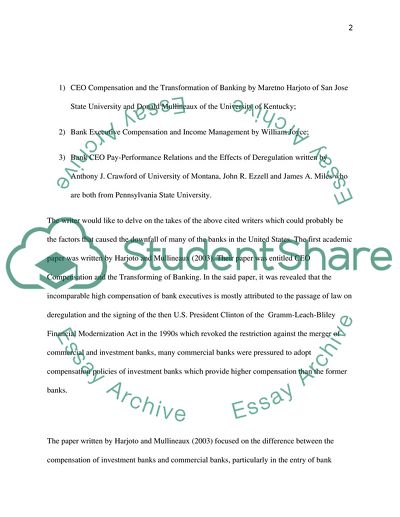Cite this document
(Executive Compensation in Banks Literature review - 1, n.d.)
Executive Compensation in Banks Literature review - 1. Retrieved from https://studentshare.org/finance-accounting/1720464-executive-compensation-schemes
Executive Compensation in Banks Literature review - 1. Retrieved from https://studentshare.org/finance-accounting/1720464-executive-compensation-schemes
(Executive Compensation in Banks Literature Review - 1)
Executive Compensation in Banks Literature Review - 1. https://studentshare.org/finance-accounting/1720464-executive-compensation-schemes.
Executive Compensation in Banks Literature Review - 1. https://studentshare.org/finance-accounting/1720464-executive-compensation-schemes.
“Executive Compensation in Banks Literature Review - 1”, n.d. https://studentshare.org/finance-accounting/1720464-executive-compensation-schemes.


